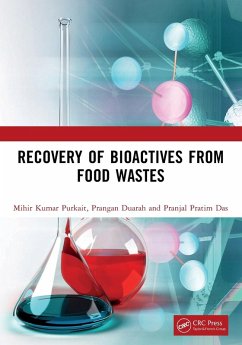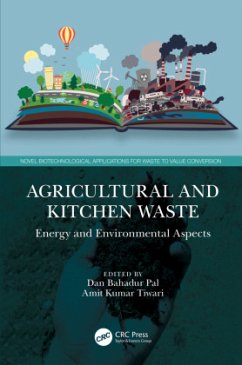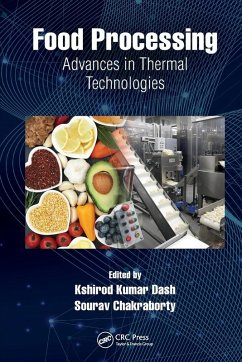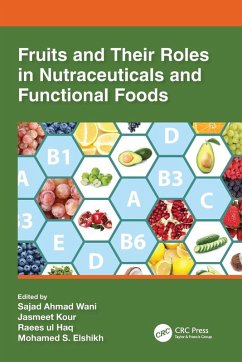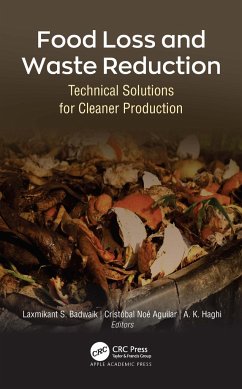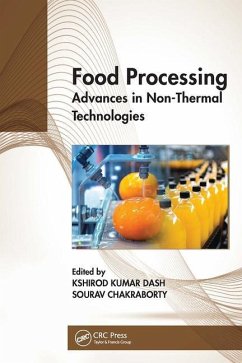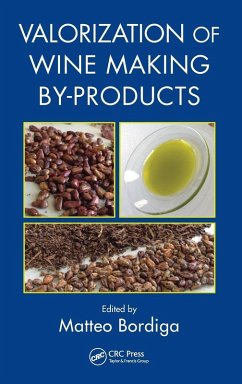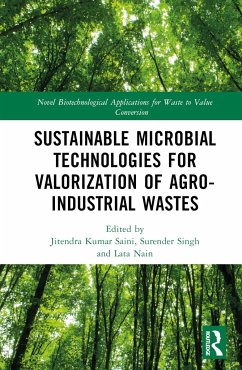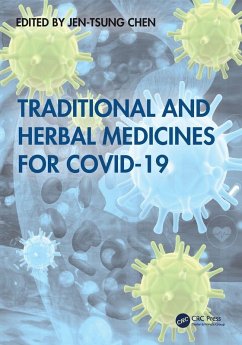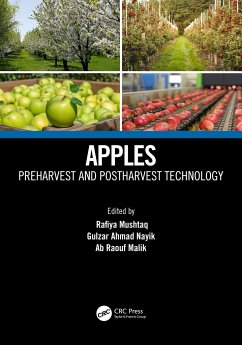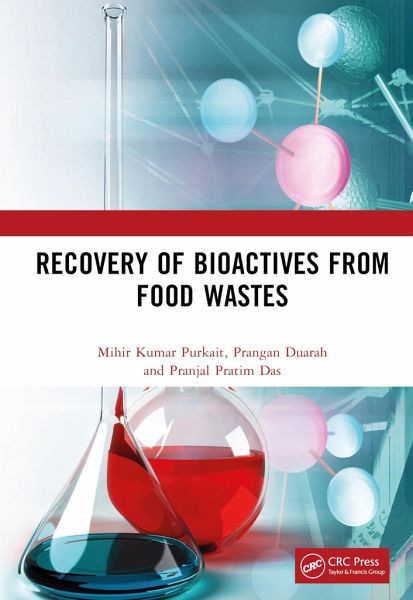
Recovery of Bioactives from Food Wastes
Versandkostenfrei!
Versandfertig in 1-2 Wochen
148,99 €
inkl. MwSt.
Weitere Ausgaben:

PAYBACK Punkte
74 °P sammeln!
This book describes varied aspects involved in dealing with extraction and utilization of bioactive compounds from the food industry waste. It covers global scenario of food waste generation and potential of food waste on various industries, extraction techniques, and application of industrial food waste derived bioactive compounds.





